Home>diy>Building & Construction>What Is Procurement In Construction
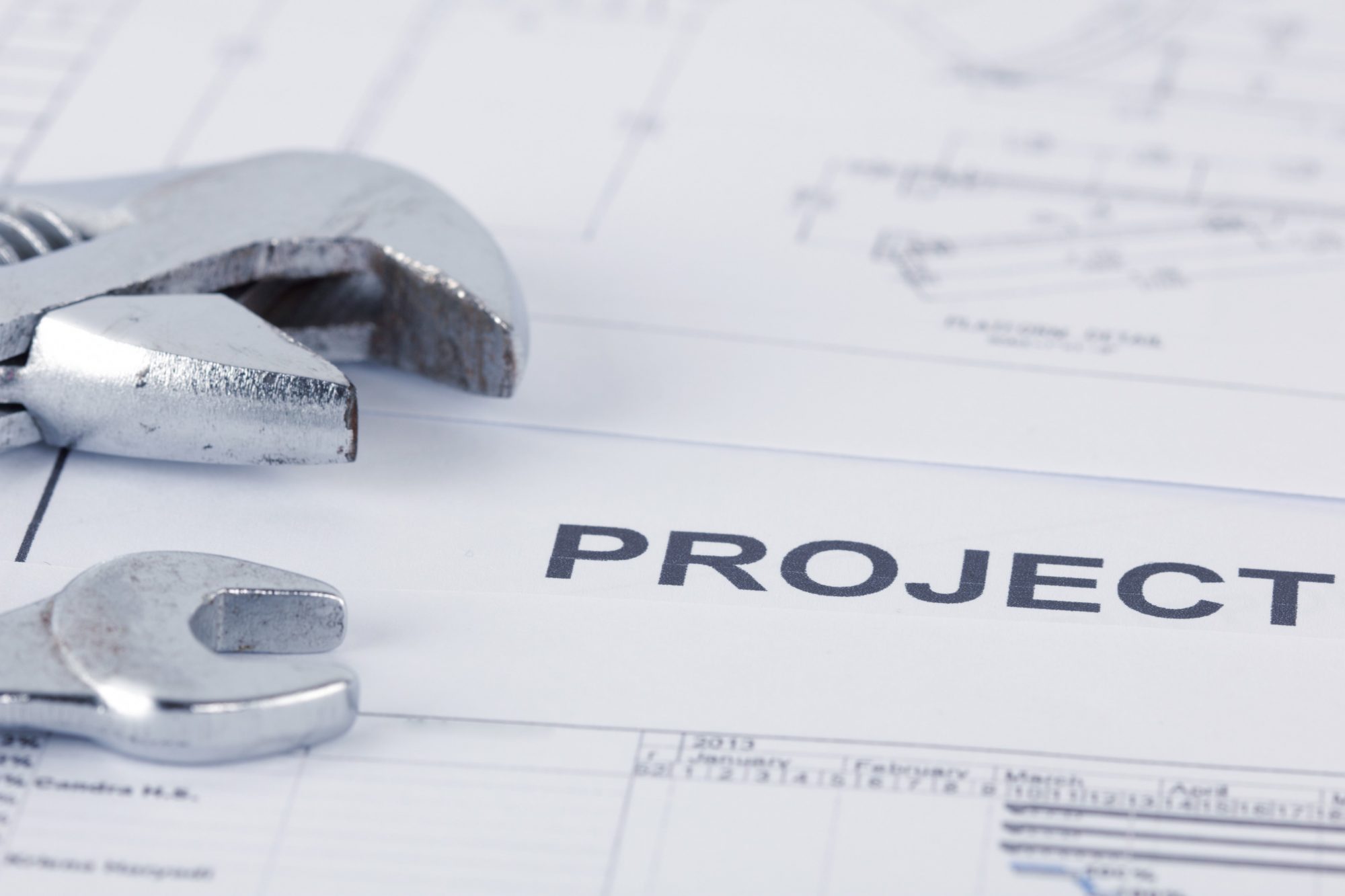

Building & Construction
What Is Procurement In Construction
Modified: December 7, 2023
Learn about the role and process of procurement in building construction. Discover how this crucial aspect helps ensure successful project completion.
(Many of the links in this article redirect to a specific reviewed product. Your purchase of these products through affiliate links helps to generate commission for Storables.com, at no extra cost. Learn more)
Introduction
When it comes to building construction, one crucial aspect that often gets overlooked is procurement. Procurement in construction refers to the process of acquiring goods, services, and resources needed to complete a construction project. It involves a series of strategic decisions and actions to source, negotiate, and manage the materials and services required for the project.
Effective procurement in construction is essential for the successful execution of any building project. It ensures that the right materials are available at the right time, in the right quantities, and at competitive prices. This not only helps to control costs but also contributes to the overall quality, timeliness, and efficiency of the project.
In this article, we will delve deeper into the concept of procurement in construction, exploring its definition, the procurement process, different procurement methods, important factors to consider, the benefits and challenges involved, the role of procurement in construction project management, and the latest trends and innovations in construction procurement.
Key Takeaways:
- Effective construction procurement ensures timely, cost-efficient project completion by strategically acquiring materials and services, managing vendor relationships, and mitigating risks.
- Embracing digitalization, sustainable practices, and strategic partnerships reshapes construction procurement, driving efficiency, cost savings, and innovation in project execution.
Read more: What Is Construction
Definition of Procurement in Construction
Procurement in construction can be defined as the systematic process of acquiring materials, services, and resources needed for a construction project. It involves identifying the requirements, sourcing potential vendors or suppliers, negotiating contracts, and managing the delivery and payment of goods and services.
At its core, procurement is about obtaining the right materials and services, at the right time and place, and at the right cost. It plays a vital role in ensuring the smooth progress of construction projects, as it directly impacts the project’s timeline, budget, and quality.
Procurement in construction encompasses a wide range of activities, including:
- Sourcing and evaluating potential suppliers
- Requesting and analyzing bids or proposals
- Negotiating contracts and pricing
- Managing the ordering, delivery, and tracking of materials
- Ensuring compliance with regulations and standards
- Resolving any disputes or issues that may arise during the procurement process
Overall, procurement is a strategic function that requires careful planning and execution to ensure the successful completion of a construction project. It involves collaboration between various stakeholders, including project managers, architects, engineers, suppliers, and contractors, to achieve the project objectives.
The Procurement Process
The procurement process in construction typically consists of several interconnected steps to ensure the efficient and effective acquisition of goods and services. While the specific details may vary based on the project’s scope and requirements, the general framework remains consistent. Let’s explore the key elements of the procurement process:
- Identifying the project requirements: The procurement process begins by clearly defining the project’s needs and requirements. This includes identifying the materials, equipment, and services necessary for the successful completion of the construction project. It is essential to establish these requirements early on to facilitate the subsequent steps of the procurement process.
- Sourcing potential vendors: After determining the project’s requirements, the next step is to identify and evaluate potential vendors or suppliers who can fulfill those needs. This involves conducting market research, seeking recommendations, reviewing supplier credentials, and assessing their capabilities, quality standards, and pricing.
- Requesting proposals or bids: Once potential vendors have been identified, the procurement team may issue a Request for Proposal (RFP) or Request for Quotation (RFQ). These documents outline the project’s requirements, expectations, and evaluation criteria. Vendors are then invited to submit their proposals or bids, detailing how they will meet the project’s needs and at what cost.
- Evaluating and selecting vendors: The procurement team will carefully evaluate the received proposals or bids based on predetermined criteria, such as price, quality, experience, delivery timeline, and compliance with the project’s specifications. Through a structured evaluation process, the team can select the most suitable vendor(s) to move forward with.
- Negotiating contracts: Once the vendor(s) have been selected, the negotiation phase begins. This involves discussing and finalizing the terms and conditions of the contract, including pricing, payment terms, delivery schedules, warranties, and any other relevant provisions. Effective negotiation helps ensure favorable terms for both parties and minimizes potential risks.
- Managing the procurement: After contracts have been signed, the procurement team is responsible for managing the procurement process. This includes tracking orders, monitoring the delivery of materials and services, resolving any issues that arise, ensuring compliance with contractual obligations, and processing payment to the vendors.
- Performance evaluation and improvement: Once the procurement process is complete, it is essential to evaluate the performance of the vendors and the overall effectiveness of the procurement process. This feedback allows for continuous improvement and the development of best practices for future construction projects.
The procurement process requires careful planning, communication, and coordination among various stakeholders, including project managers, procurement professionals, vendors, and contractors. Effective execution of the procurement process ensures that the necessary materials and services are procured efficiently, contributing to the successful completion of the construction project.
Types of Procurement Methods
In construction, there are several procurement methods available, each with its own advantages and considerations. The choice of procurement method depends on factors such as project complexity, budget, time constraints, and the level of control the client wishes to have. Let’s explore some common types of procurement methods:
- Traditional or Design-bid-build: This is the most common procurement method in construction. It involves hiring a design team, such as architects and engineers, to develop detailed plans and specifications for the project. Once the design is complete, contractors are invited to bid on the project based on the provided plans and specifications. The client selects the contractor with the most competitive bid, and construction can then commence.
- Design and Build (D&B): In this procurement method, the client contracts with a single entity, often referred to as the design-build contractor or the main contractor. This entity is responsible for both the design and construction phases of the project. Design and Build streamlines the process by reducing interface issues between designers and contractors, allowing for greater collaboration and potentially faster project delivery.
- Construction Management (CM): With the Construction Management procurement method, the client appoints a Construction Manager (CM) early on in the project. The CM works closely with the client, providing pre-construction services such as cost estimating, value engineering, and scheduling. The CM then manages the bidding process, selects subcontractors, and oversees the construction phase, acting as an advisor to the client throughout the project.
- Integrated Project Delivery (IPD): IPD is a collaborative procurement method that involves close collaboration between all project stakeholders, including the client, architects, engineers, contractors, and subcontractors. The goal is to leverage the collective expertise and resources of all parties to achieve improved project outcomes. IPD promotes early involvement, shared risks and rewards, and a focus on overall project performance rather than individual interests.
- Public-Private Partnership (PPP): PPP is a procurement method commonly used in large-scale infrastructure projects. It involves collaboration between the public sector (government) and private entities (investors, construction companies) to design, build, finance, operate, and maintain public infrastructure. PPP projects often require long-term contracts and involve the transfer of risk and responsibility to the private sector.
Each procurement method has its own set of benefits and challenges. The choice of the procurement method should be based on a careful evaluation of project requirements, budget, schedule, and the desired degree of control and collaboration. It is crucial to select a method that aligns with the project’s goals and objectives, ensuring the successful delivery of the construction project.
Factors to Consider in Construction Procurement
When it comes to construction procurement, several factors need to be carefully considered to ensure a successful and efficient process. These factors range from project-specific considerations to broader industry-related aspects. Here are some key factors to bear in mind:
- Project scope and complexity: The scope and complexity of the construction project play a significant role in determining the appropriate procurement strategy. For smaller, less complex projects, a traditional procurement method may be sufficient. However, for larger, more complex projects, a collaborative approach such as Design and Build or Construction Management may be more suitable.
- Project timeline: The project timeline is an essential factor to consider when deciding on procurement. If time is of the essence and the project needs to be completed in a short timeframe, alternative procurement methods like Design and Build or Construction Management may be more appropriate. These methods allow for greater collaboration and potentially faster project delivery.
- Cost considerations: Budget is a crucial consideration in construction procurement. Different procurement methods have varying cost implications. Traditional procurement methods may provide more competitive bidding, while collaborative methods like Design and Build or Construction Management may offer more cost certainty, as they involve early contractor involvement and value engineering.
- Risk allocation: It’s important to consider how risks will be allocated among project stakeholders. Some procurement methods, like Public-Private Partnerships (PPP), transfer a significant portion of risk to the private sector. On the other hand, traditional procurement methods may place more risk on the contractor. Evaluating risk allocation is vital to ensure that all parties are adequately protected and that potential risks are managed effectively.
- Quality and sustainability: The desired level of quality and sustainability in the construction project should be considered in procurement. Collaborative procurement methods, such as Integrated Project Delivery (IPD), often emphasize quality and sustainable practices through the early involvement of all stakeholders. This can result in better coordination, enhanced communication, and improved project outcomes.
- Client involvement and control: Depending on the client’s preferences, the level of involvement and control in the procurement process may vary. Traditional procurement methods allow for greater client control as they have more input in the design and selection of contractors. Collaborative methods like Design and Build or Construction Management may provide less direct control but can still offer valuable client input during the process.
- Legal and regulatory considerations: It is essential to consider legal and regulatory requirements when deciding on procurement methods. Some projects may have specific regulations or guidelines that must be followed, such as government-funded projects. Adhering to legal and regulatory requirements ensures compliance and minimizes the risk of disputes or delays.
By carefully considering these factors, stakeholders can select the most appropriate procurement method that aligns with project goals, enhances collaboration, controls costs, manages risks effectively, and ultimately leads to the successful delivery of the construction project.
Read more: What Is Residential Construction
Benefits and Challenges of Construction Procurement
Construction procurement, when executed effectively, offers several benefits to all stakeholders involved in the project. However, it also comes with its fair share of challenges. Let’s explore both the benefits and challenges of construction procurement:
Benefits of Construction Procurement:
- Cost control: Proper procurement strategies help control costs by ensuring competitive bidding, negotiating favorable prices, and selecting cost-effective vendors or suppliers. This can lead to significant savings for the client.
- Improved project quality: Through collaborative procurement methods, such as Design and Build or Integrated Project Delivery, early involvement and coordination among project stakeholders can enhance the overall project quality. This results in improved design, reduced errors, and enhanced construction outcomes.
- Faster project delivery: Collaborative procurement methods, like Design and Build or Construction Management, can streamline the project delivery process by minimizing potential delays and facilitating better communication and coordination among key stakeholders. This can lead to faster completion of the construction project.
- Enhanced risk management: By considering risk allocation and involving contractors early in the process, construction procurement can help manage and mitigate potential risks effectively. This leads to a more robust risk management strategy and reduces the likelihood of costly disputes or delays.
- Increased innovation and creativity: Collaborative procurement methods encourage innovation and creativity by fostering the involvement of multiple stakeholders from different disciplines. This allows for the exploration of alternative solutions, value engineering, and the implementation of sustainable practices, ultimately resulting in more innovative and sustainable projects.
Challenges of Construction Procurement:
- Complex decision-making process: The procurement process involves making critical decisions at various stages. Choosing the right procurement method, evaluating potential vendors, and negotiating contracts can be complex and time-consuming, requiring careful consideration of multiple factors.
- Lack of integration and poor communication: In traditional procurement methods, where the design and construction phases are separate, there is a risk of miscommunication or disconnect between designers and contractors. This can lead to conflicts, delays, and suboptimal project outcomes.
- Contractual disputes: Construction procurement involves negotiating and drafting contracts between multiple parties, which can sometimes lead to contract-related conflicts or disputes. Clear contract terms and effective dispute resolution mechanisms are essential to mitigate these challenges.
- Supplier or vendor reliability: Reliability and performance of vendors or suppliers can impact the project’s success. Ensuring that suppliers are reputable, capable, and reliable is crucial to minimize the risk of delays or subpar quality in the construction project.
- Changing market dynamics: Market conditions, such as fluctuations in material prices or changes in regulations, can pose challenges during the procurement process. Being adaptable and proactive in responding to these changes is essential for successful construction procurement.
While construction procurement has its challenges, the benefits it offers, such as cost control, improved project quality, faster delivery, enhanced risk management, and increased innovation, make it an essential aspect of any construction project. By recognizing and overcoming the challenges, stakeholders can harness the benefits of construction procurement for successful project outcomes.
Tip: Procurement in construction refers to the process of acquiring goods and services for a construction project. It involves selecting suppliers, negotiating contracts, and managing the supply chain to ensure timely and cost-effective delivery of materials and services.
Role of Procurement in Construction Project Management
Procurement plays a crucial role in construction project management as it directly impacts the project’s success and execution. It involves managing the acquisition and delivery of materials, services, and resources needed for the project. Let’s explore the key roles procurement plays in construction project management:
- Strategic planning: Procurement is involved in the strategic planning phase of a construction project. It works closely with project managers to determine the project’s procurement needs, such as the types of materials and services required, quantities, budget constraints, and delivery timelines. This ensures that the project’s procurement activities align with the overall project goals and objectives.
- Vendor identification and evaluation: Procurement is responsible for identifying and evaluating potential vendors or suppliers. This involves conducting market research, requesting proposals or bids, and assessing supplier capabilities, experience, and financial stability. Through a thorough evaluation process, procurement ensures that the selected vendors are reliable and can meet the project’s requirements.
- Contract negotiation and management: Procurement is responsible for negotiating and managing contracts with vendors or suppliers. This includes establishing pricing agreements, payment terms, delivery schedules, and quality requirements. Procurement professionals ensure that contracts are clear, enforceable, and aligned with the project’s specifications and objectives. Additionally, they actively manage the contracts throughout the project, ensuring compliance and addressing any issues that may arise.
- Supplier relationship management: Building and maintaining good relationships with suppliers is critical to the success of a construction project. Procurement professionals actively manage relationships with vendors, ensuring effective communication, resolving disputes, and addressing any concerns or performance issues. Strong supplier relationships promote collaboration, efficiency, and a smooth procurement process.
- Inventory and supply chain management: Procurement oversees inventory management and ensures the availability of materials and resources when needed. This includes monitoring inventory levels, coordinating deliveries, and optimizing the supply chain to minimize delays and maintain construction project timelines. Effective inventory and supply chain management contribute to timely project completion and cost control.
- Risk management: Procurement is responsible for identifying and managing procurement-related risks. This includes assessing supplier risks, monitoring market conditions, and implementing risk mitigation strategies. Procurement professionals work closely with project managers to ensure that potential risks related to procurement are identified and addressed, mitigating the impact on the project’s timeline, budget, and quality.
- Quality control and assurance: Procurement plays a vital role in ensuring the quality of materials and services procured for the project. This includes setting quality standards, conducting inspections and audits, and working closely with suppliers to ensure compliance with specifications and regulations. Procurement professionals actively monitor and evaluate the quality of procured items, driving the overall quality of the construction project.
The role of procurement in construction project management is multifaceted and critical to project success. Effective procurement ensures that the right materials, services, and resources are available at the right time, in the right quantities and at competitive prices. By actively managing procurement activities, project managers can optimize project outcomes, control costs, reduce risks, and ensure timely and efficient project delivery.
Read more: What Are Swales In Construction
Trends and Innovations in Construction Procurement
The construction industry is continually evolving, and as a result, so too is construction procurement. New technologies, changing market dynamics, and evolving project requirements are driving trends and innovations in construction procurement. Let’s explore some of these trends:
- Digitalization: Digitalization is transforming construction procurement by streamlining processes, enhancing communication, and improving efficiency. Digital platforms and software solutions are being used to automate procurement tasks, track orders and deliveries, and manage supplier relationships. This digitized approach allows for real-time data availability and improved transparency throughout the procurement process.
- BIM Integration: Building Information Modeling (BIM) is becoming increasingly prevalent in construction procurement. BIM enables collaboration and coordination among project stakeholders, including designers, contractors, and suppliers. By integrating BIM into the procurement process, stakeholders can visualize the project, optimize designs, and identify potential clashes or conflicts before procurement decisions are made, leading to better-informed procurement choices.
- Sustainable Procurement: Sustainability is a major focus in construction procurement. Clients are placing a greater emphasis on environmentally friendly materials, energy-efficient solutions, and sustainable construction practices. Procurement professionals are adopting sustainable procurement policies and actively sourcing eco-friendly products and services to align with sustainability goals and reduce the carbon footprint of construction projects.
- Strategic Partnerships: Construction procurement is shifting towards fostering strategic partnerships with key suppliers and contractors. Instead of traditional transactional relationships, clients are seeking long-term collaborations based on mutual trust, shared objectives, and continuous improvement. Strategic partnerships facilitate better communication, cost savings, and quality enhancements, leading to improved project outcomes.
- Offsite and Prefabrication Procurement: Offsite construction and prefabrication are gaining traction in construction procurement. By procuring offsite-manufactured components, such as prefabricated modules or building elements, construction projects can benefit from reduced onsite labor, improved quality control, accelerated project timelines, and significant cost savings. This method of procurement requires early involvement of offsite suppliers and close coordination throughout the project.
- Data Analytics and Predictive Analytics: Construction procurement is leveraging data analytics and predictive analytics to enhance decision-making and optimize procurement strategies. By analyzing historical data and market trends, procurement professionals can make informed decisions regarding pricing, supplier selection, and risk management. Predictive analytics can help forecast material costs, identify potential bottlenecks, and optimize procurement timelines and budgets.
These trends and innovations in construction procurement are reshaping the way projects are executed, leading to improved efficiency, cost savings, and sustainability. Embracing these advancements allows construction professionals to effectively navigate the evolving landscape of the industry and deliver successful projects.
Conclusion
Procurement is a vital aspect of construction projects, impacting their success, efficiency, and overall outcomes. The procurement process involves strategic planning, vendor evaluation, contract negotiation, and supplier relationship management. By carefully considering factors such as project scope, timeline, cost, and risk allocation, stakeholders can select the most suitable procurement method for their construction project.
Construction procurement offers numerous benefits. It allows for cost control, improved project quality, faster project delivery, enhanced risk management, and increased innovation and sustainability. Through effective procurement, construction projects can be delivered on time, within budget, and to the desired level of quality.
However, procurement in construction also comes with its challenges. Complex decision-making, lack of integration, contractual disputes, supplier reliability, and changing market dynamics can pose hurdles in the procurement process. Addressing these challenges through effective communication, clear contracts, and risk management strategies is crucial for successful procurement.
The evolving landscape of construction procurement is marked by exciting trends and innovations. Digitalization, BIM integration, sustainable procurement, strategic partnerships, offsite construction, and data analytics are reshaping procurement practices, enabling improved efficiency, cost savings, and sustainability.
In conclusion, effective procurement is essential for the successful execution of construction projects. By carefully planning, evaluating, and managing the procurement process, stakeholders can ensure that the right materials, services, and resources are procured, leading to the timely and efficient completion of construction projects while meeting budget and quality expectations.
As the construction industry continues to evolve, staying abreast of the latest trends and innovations in construction procurement is crucial for construction professionals. Embracing these advancements will enable stakeholders to adapt to changing market dynamics, leverage new technologies, and drive improved project outcomes in the ever-evolving field of construction procurement.
Frequently Asked Questions about What Is Procurement In Construction
Was this page helpful?
At Storables.com, we guarantee accurate and reliable information. Our content, validated by Expert Board Contributors, is crafted following stringent Editorial Policies. We're committed to providing you with well-researched, expert-backed insights for all your informational needs.
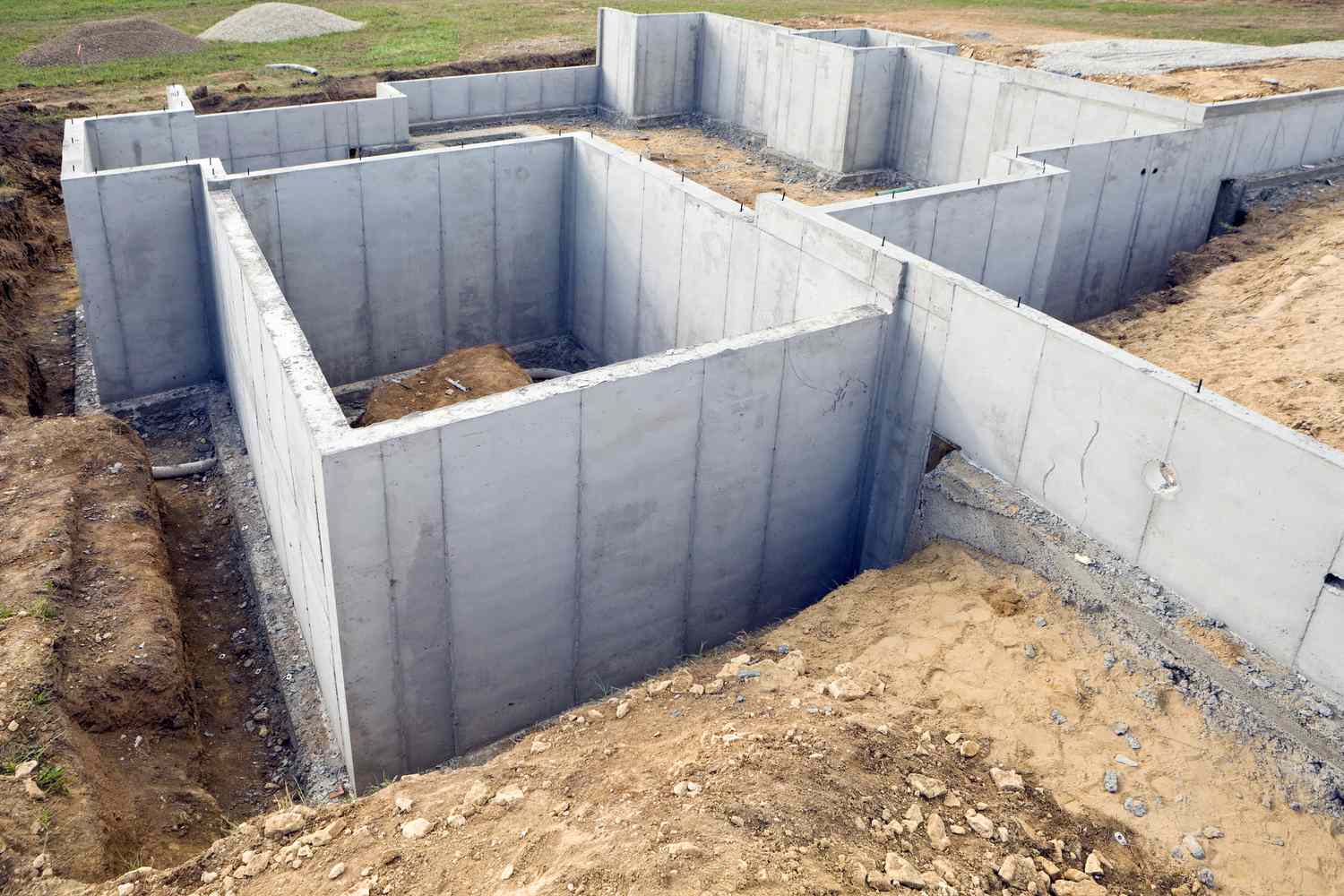


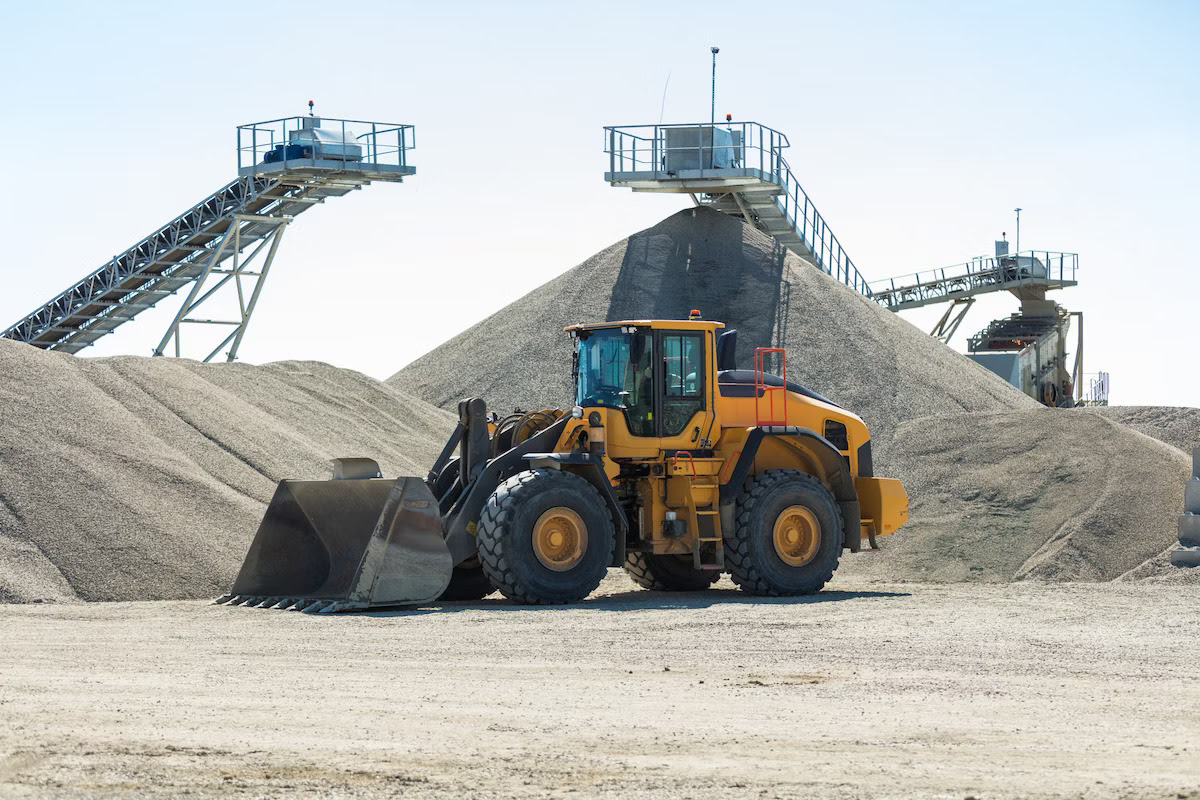



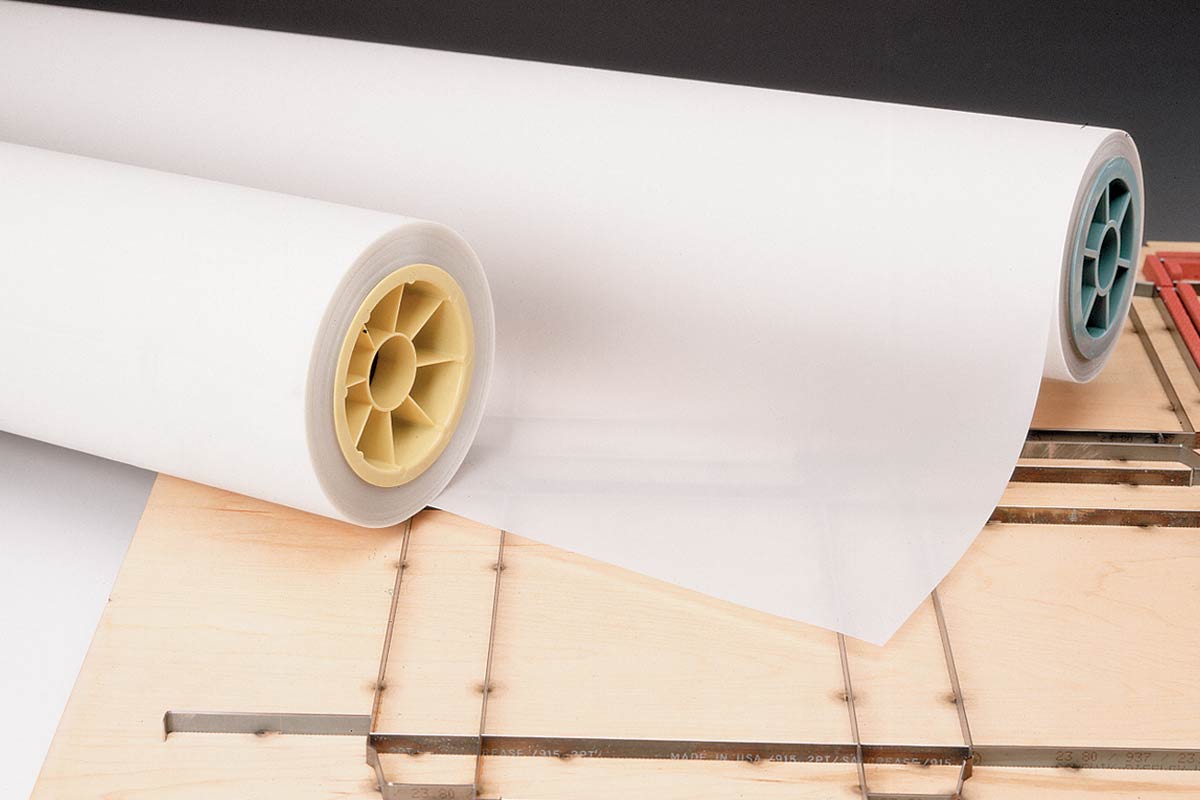
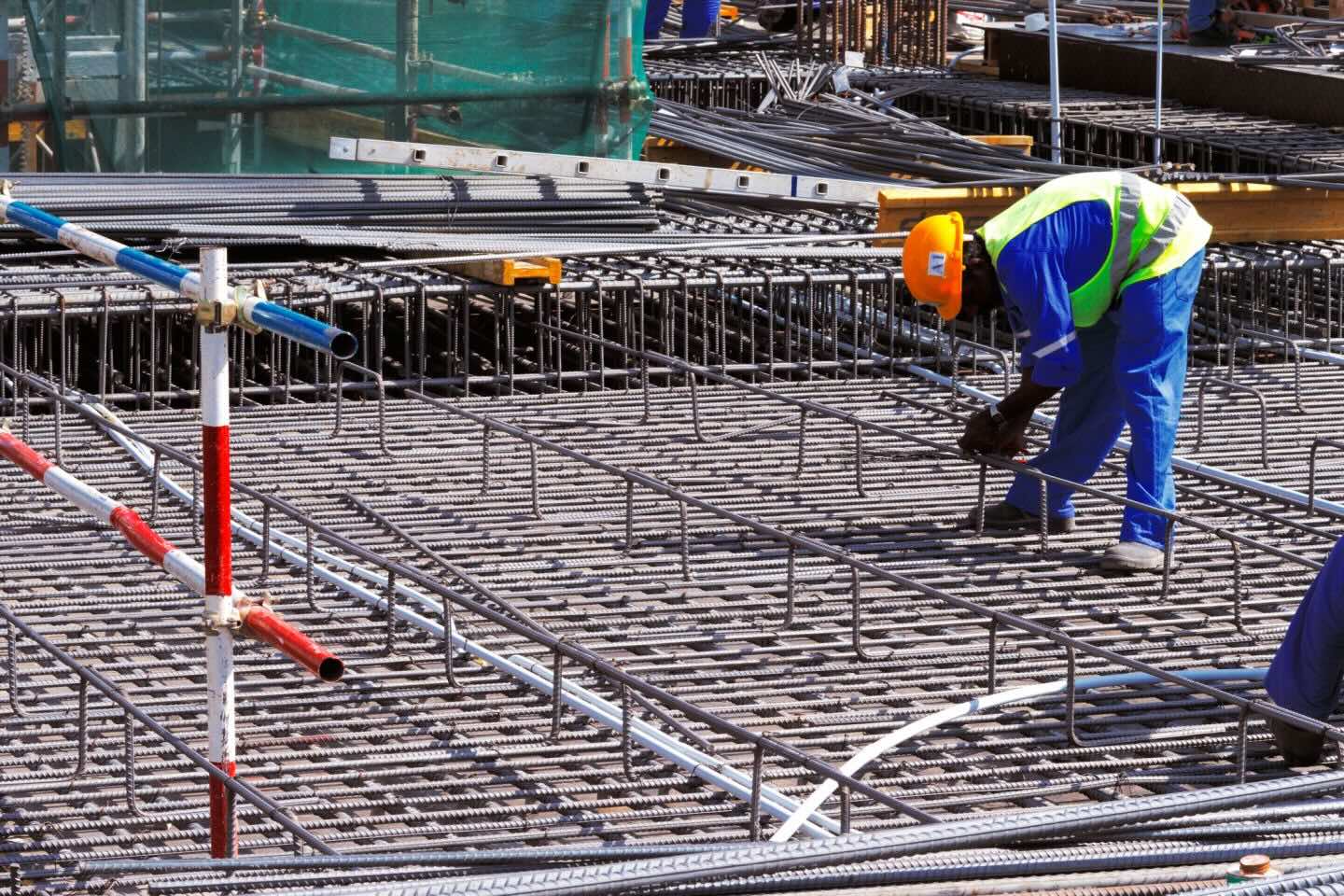

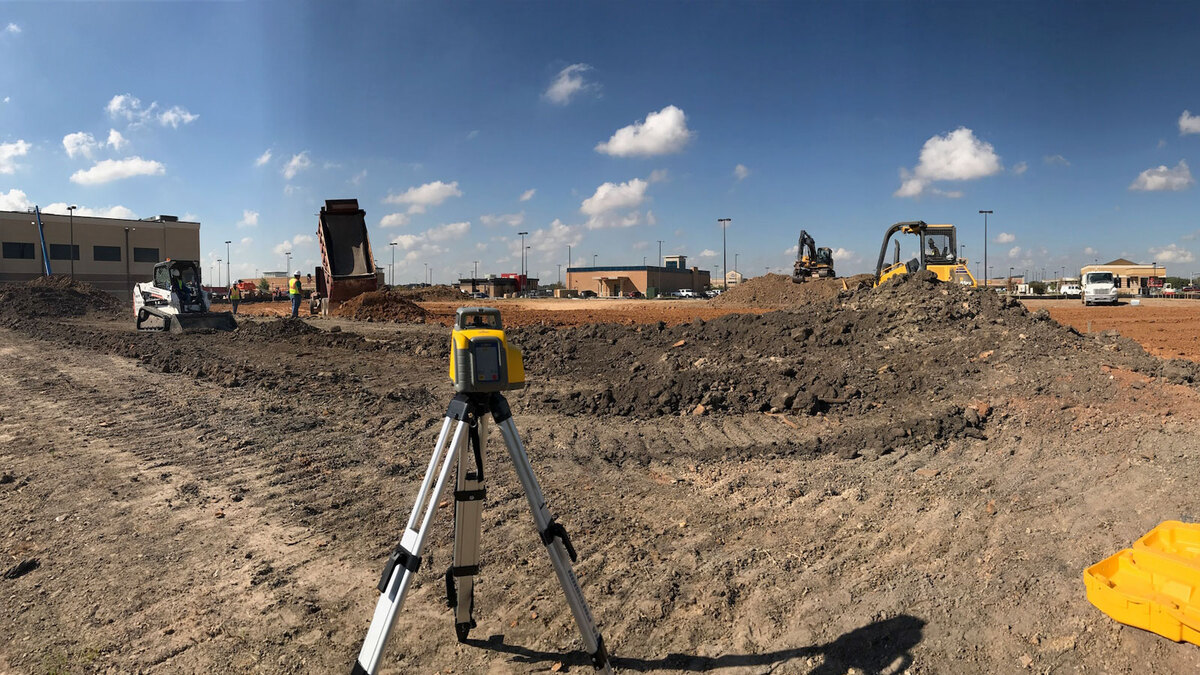
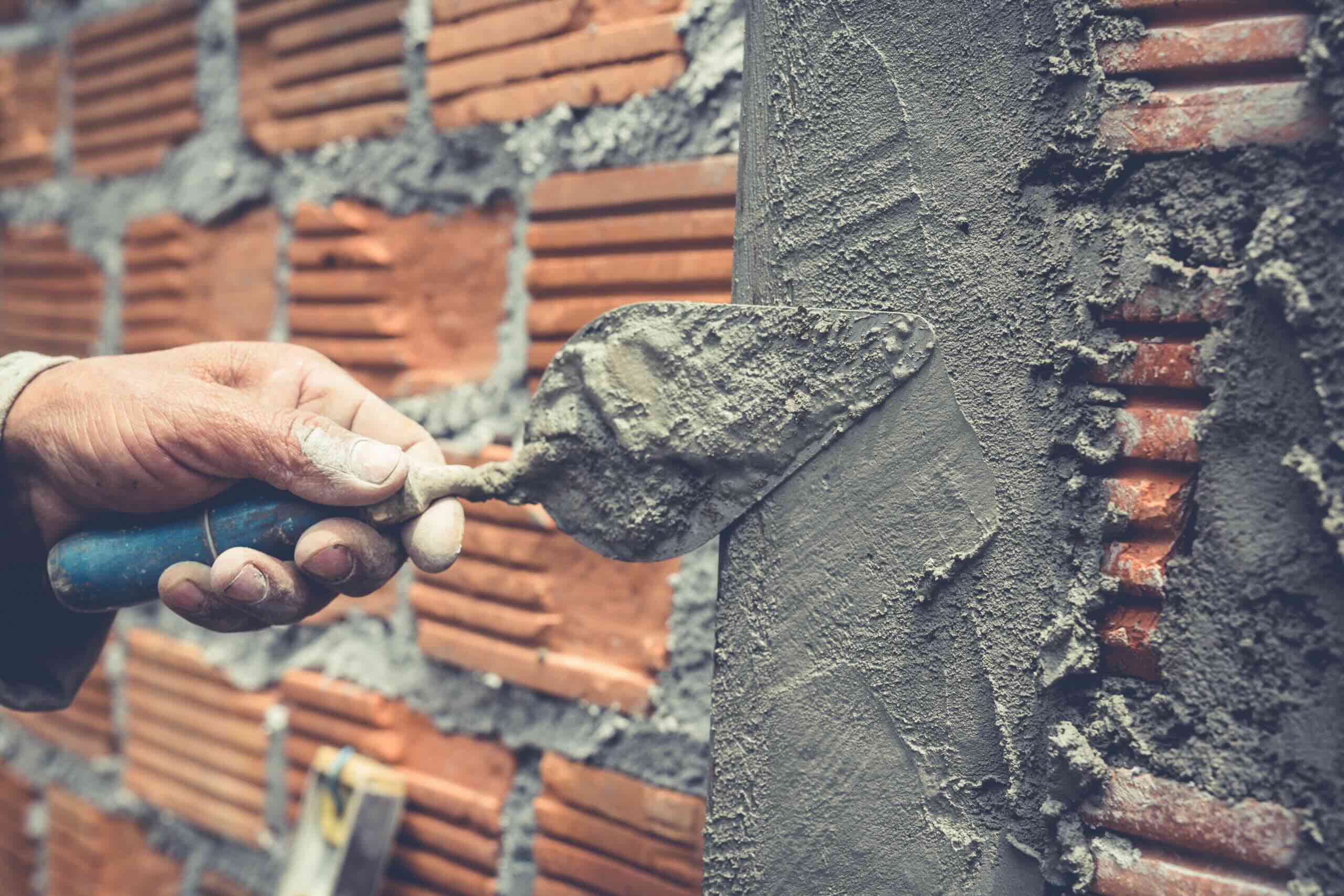


0 thoughts on “What Is Procurement In Construction”